Ramen you want to eat in Kyoto! What is the surprising difference between the flavors?
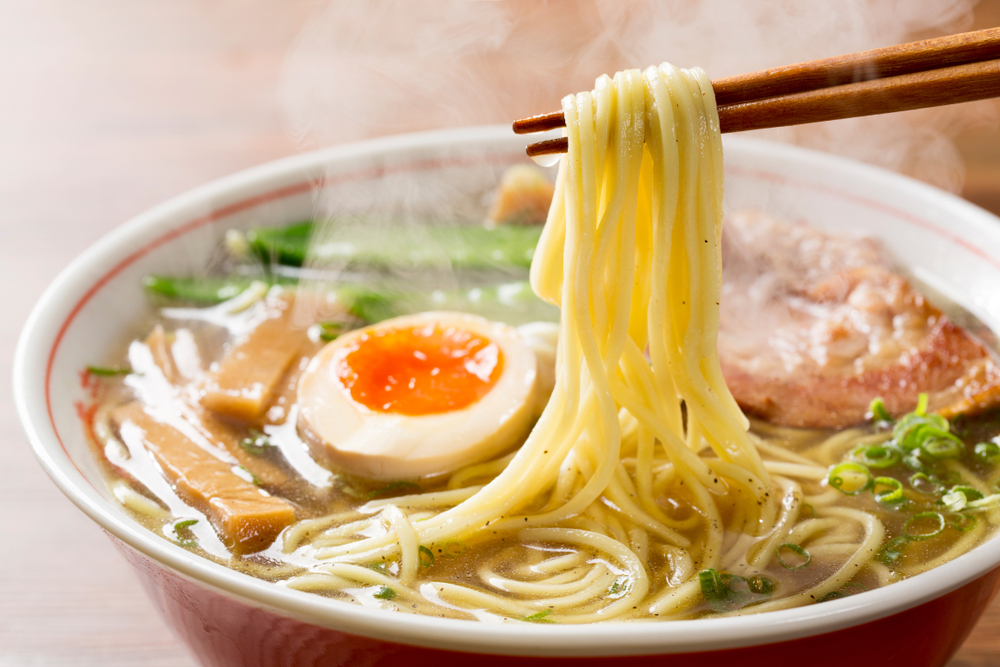
Looking for delicious food in Kyoto
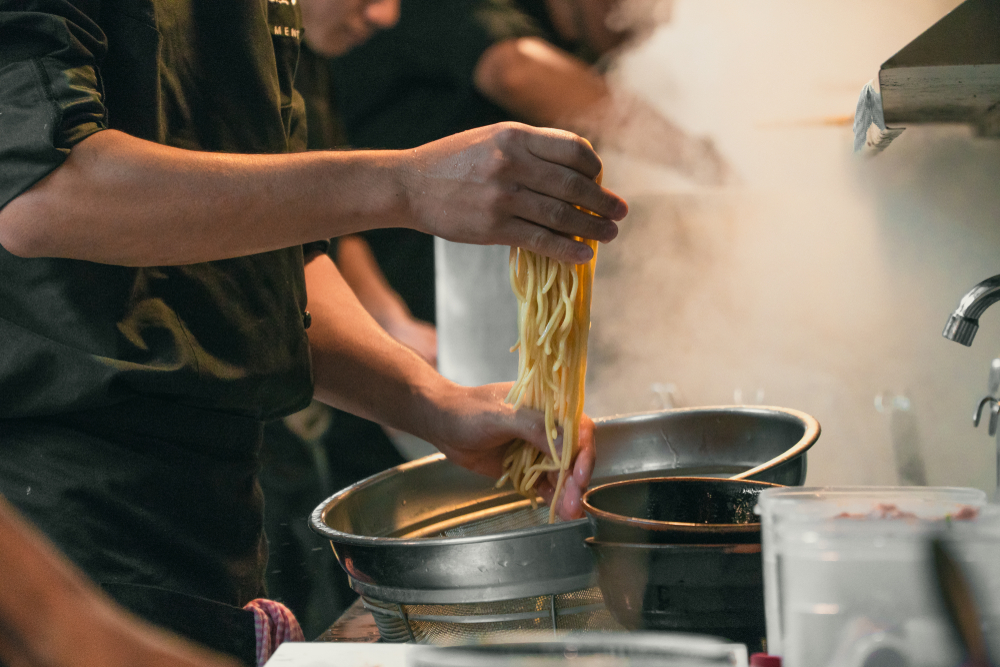
Ramen are the king of fine food and can be regarded as a national dish of Japan today.
Ramen, like the Miso Ramen of Hokkaido and the pork bone Ramen of Hakata, have become representative for their regions and are known by everyone.
So what about Kyoto Ramen ...? What is the characteristic flavor ...?
The image of typical local cuisine of Kyoto is strong and one tends to imagine elegant and light food but in fact, Kyoto's popular Ramen are surprisingly rich.
What are Kyoto Ramen?
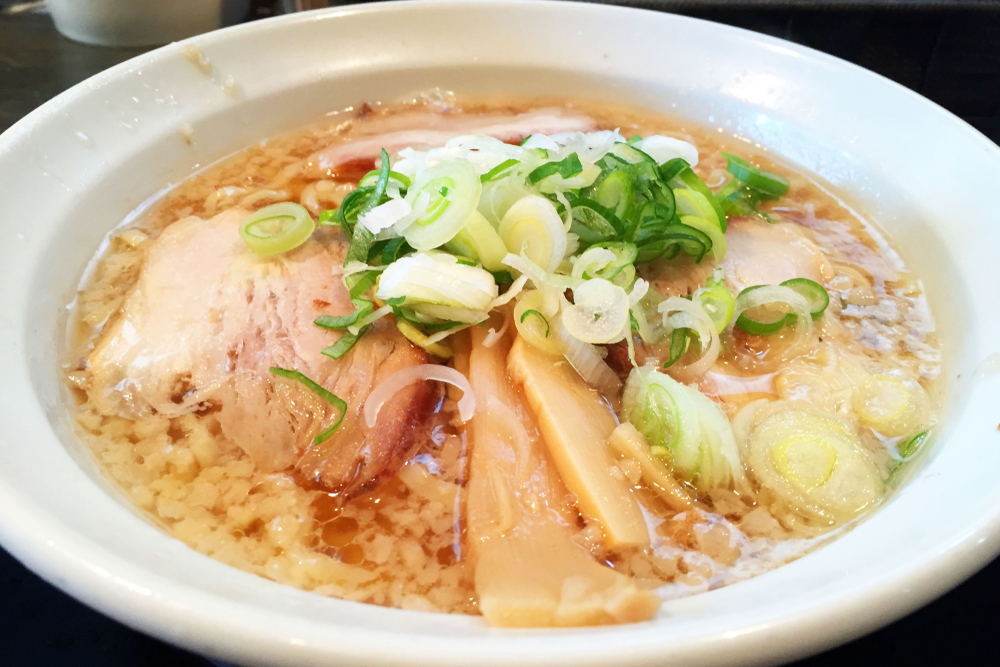
Needless to mention the fine tasting Kyoto local cuisine of the former capital Kyoto, famous as a tourist city, which has made the best use of the Dashi stock culture since ancient times.
It is said that the roots of the characteristic Japanese food culture using Kombu kelp and small pieces of sliced dried bonito to extract the good Umami flavor lie in Kyoto.
The standard so-called "Kyoto Ramen" are commonly made of chicken bone soup with pork fat inside.
Just as expected for the place with the roots of Dashi stock culture its characteristic is the flavor of the fine and smooth soup while having a deep and addictive deliciousness.
Plain type Ramen
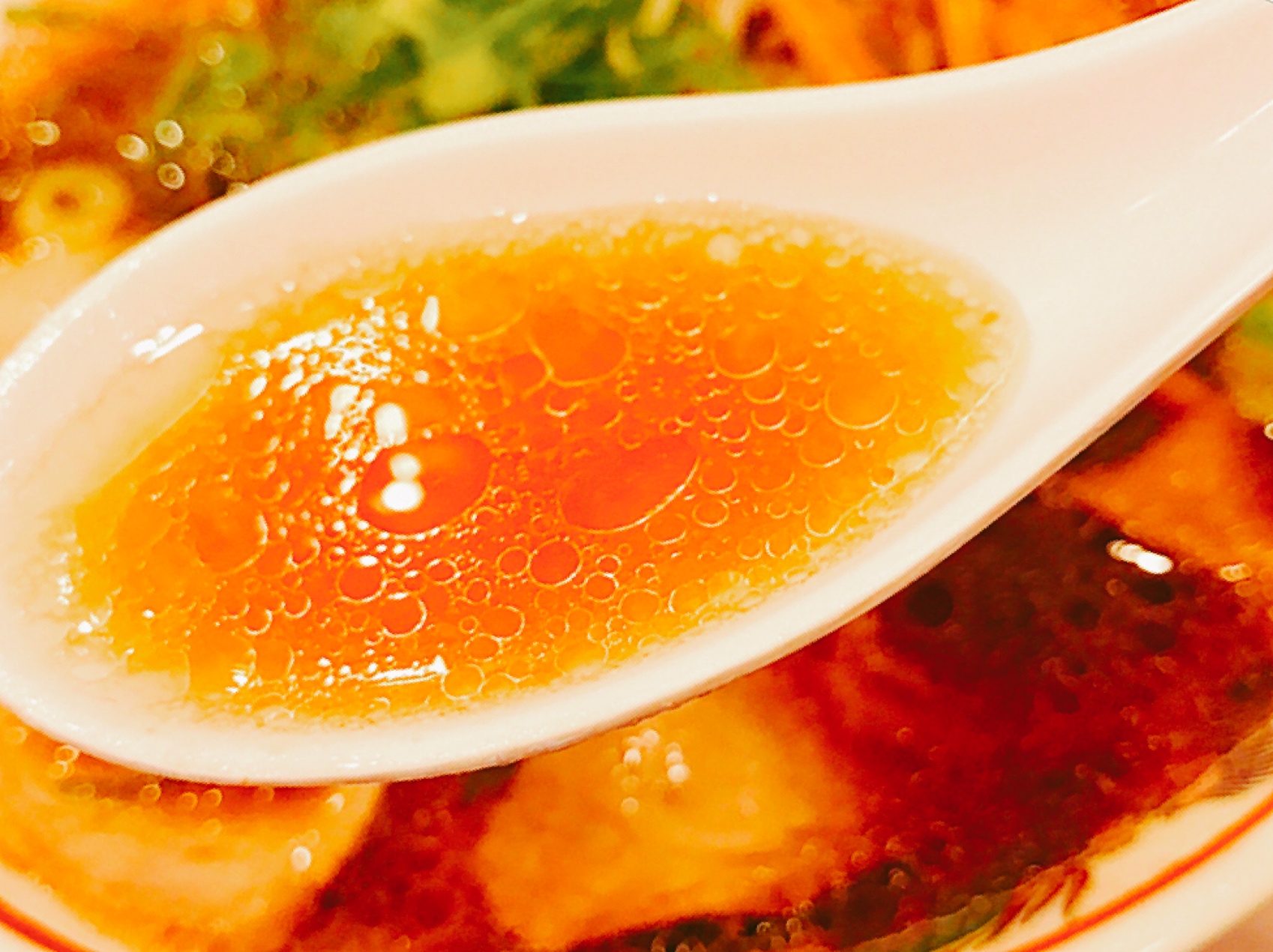
When it comes to "plain type" one tends to imagine a light and mild flavor.
The image of the standard "plain type" Ramen in Kyoto is a clear soy sauce soup with a meat type soup base.
The soup has a clear and rich flavor and you can enjoy a rich taste which is even better than its appearance.
Thick type Ramen
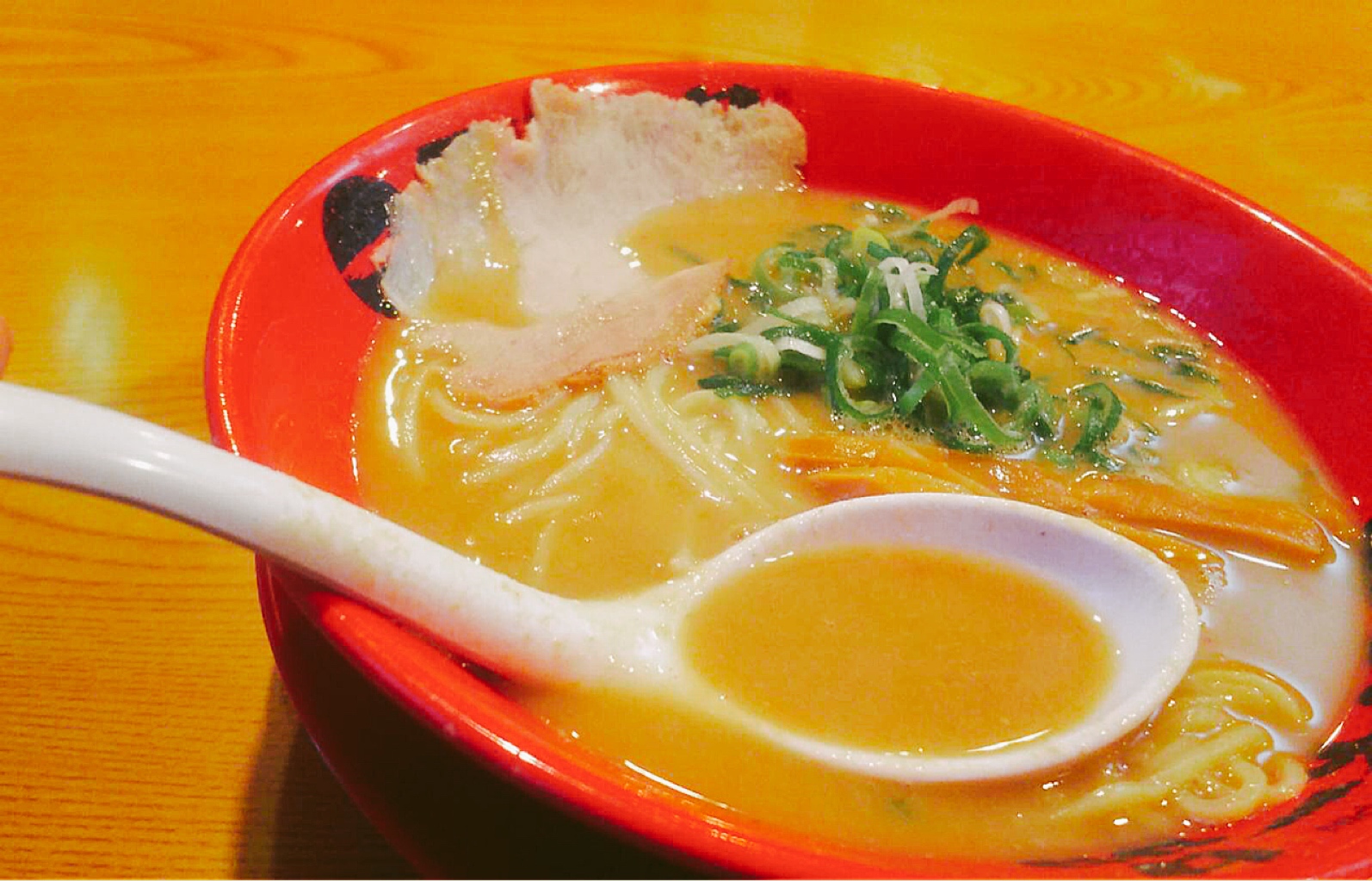
Even though generalized under one term, the criterions for the "thick type" Ramen are ambiguous.
There are people who think that "thick type" means a soup which is not clear, a little viscous and appears to have a lot of fat inside.
Although they are both Ramen, you can enjoy a flavor different from the "plain type" with the "thick type" Ramen.
Also very popular among tourists from overseas
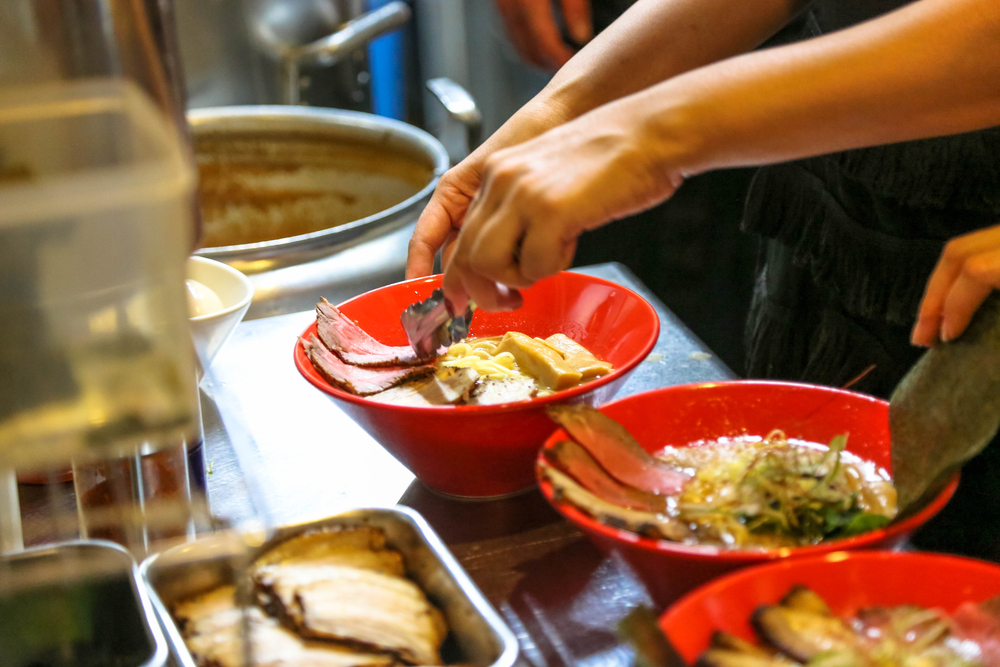
You will also often notice Ramen called "Kyofu" Ramen.
Due to the name, people tend to think that they are identical to Kyoto Ramen but in reality they often have a Japanese style mild flavor in accordance with the image of the region and Kyoto local cuisine.
With various combinations of soup, noodles and seasonings Ramen offer a variety of rich deliciousness.
In the future its popularity will certainly spread across Japan and other countries responding to diverse demands.
Related post
-
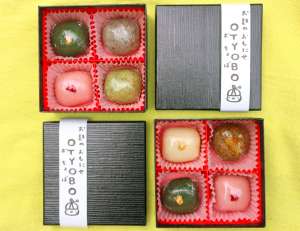 Food/Drink
Food/DrinkCute in size and appearance, unique specialty sweets by a wheat gluten bakery ”OTYOBO by ENGAWAcafe”
-
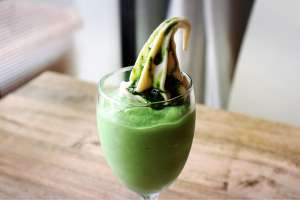
Vegans Cafe and Restaurant: A 100% restaurant free of meat, fish, eggs, dairy and chemically processed white sugar
-
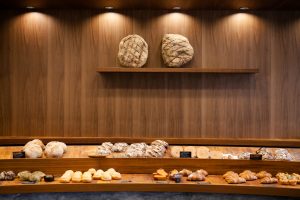
Perfect for both breakfast and lunch! Enjoy flavor-packed bread made with domestic wheat at bakery “fiveran”
-
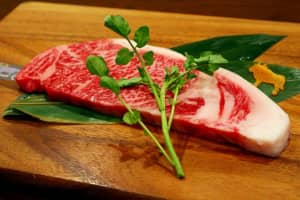
Enjoy the meat selected by the professionals at Steak House Pound Shijokawaramachi

 English
English 日本語
日本語 한국어
한국어 简体中文
简体中文

